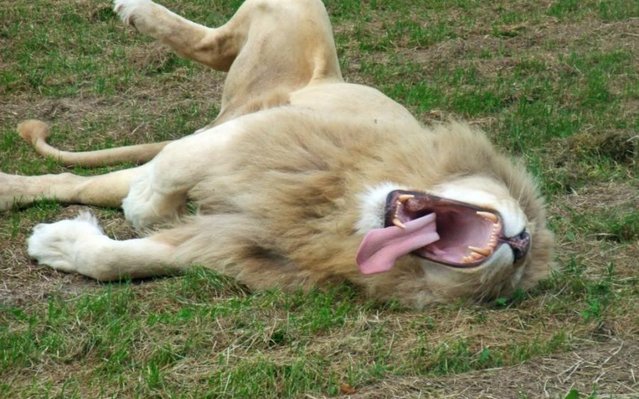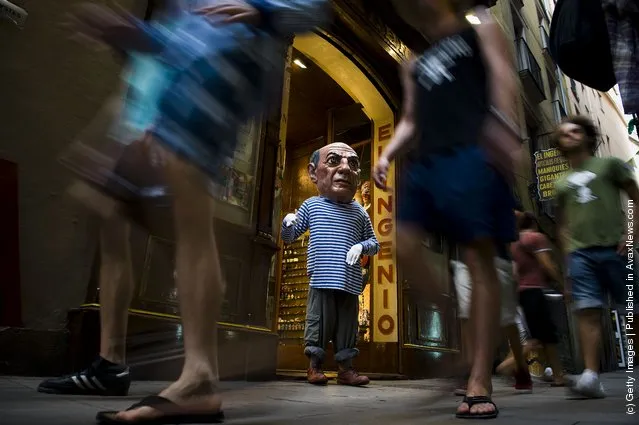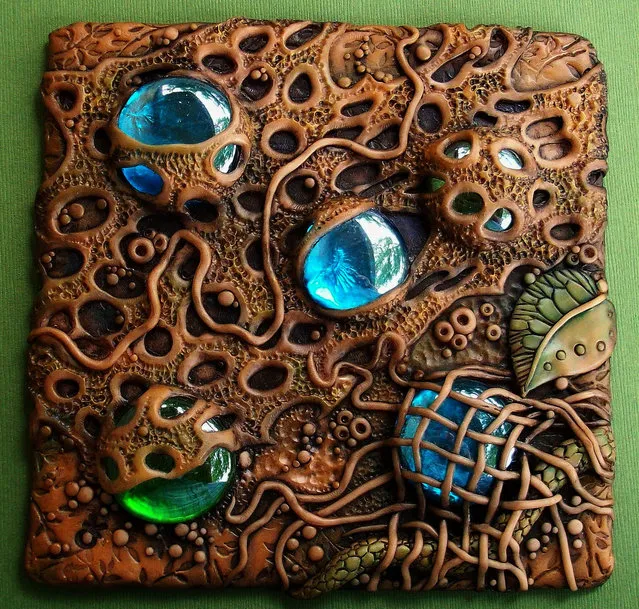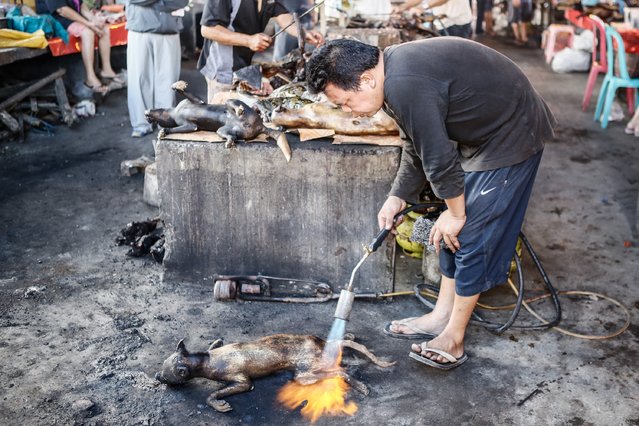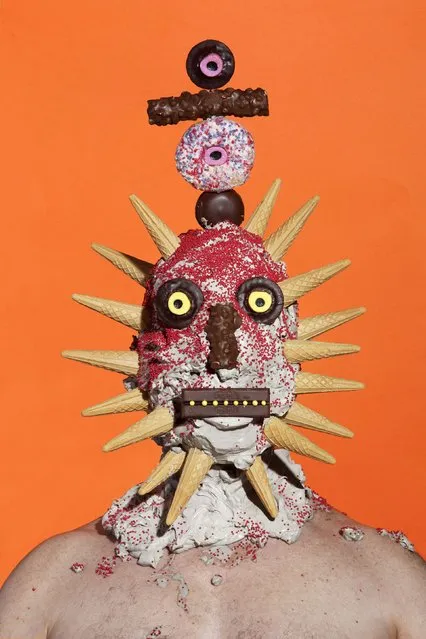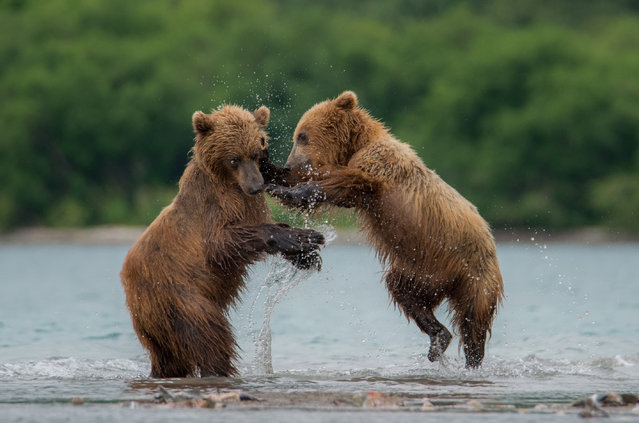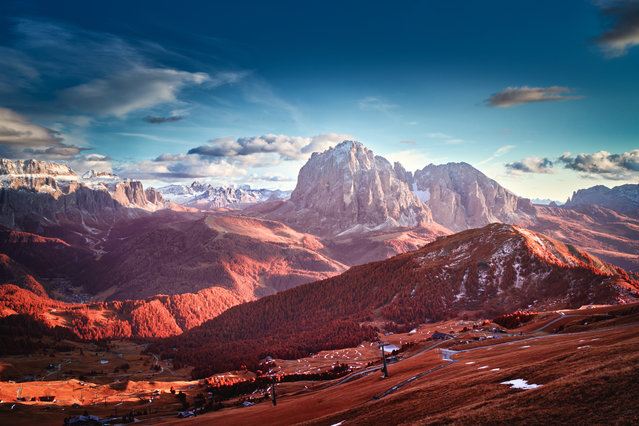
A selection of winning images from the Life in Another Light photo contest 2020, from Kolari Vision. Here: Lights and Shadows in the Dolomites, in the landscape infrared category. (Photo by Tomasz Grzyb/Kolari Vision)
29 Jan 2021 09:48:00,post received
0 comments

